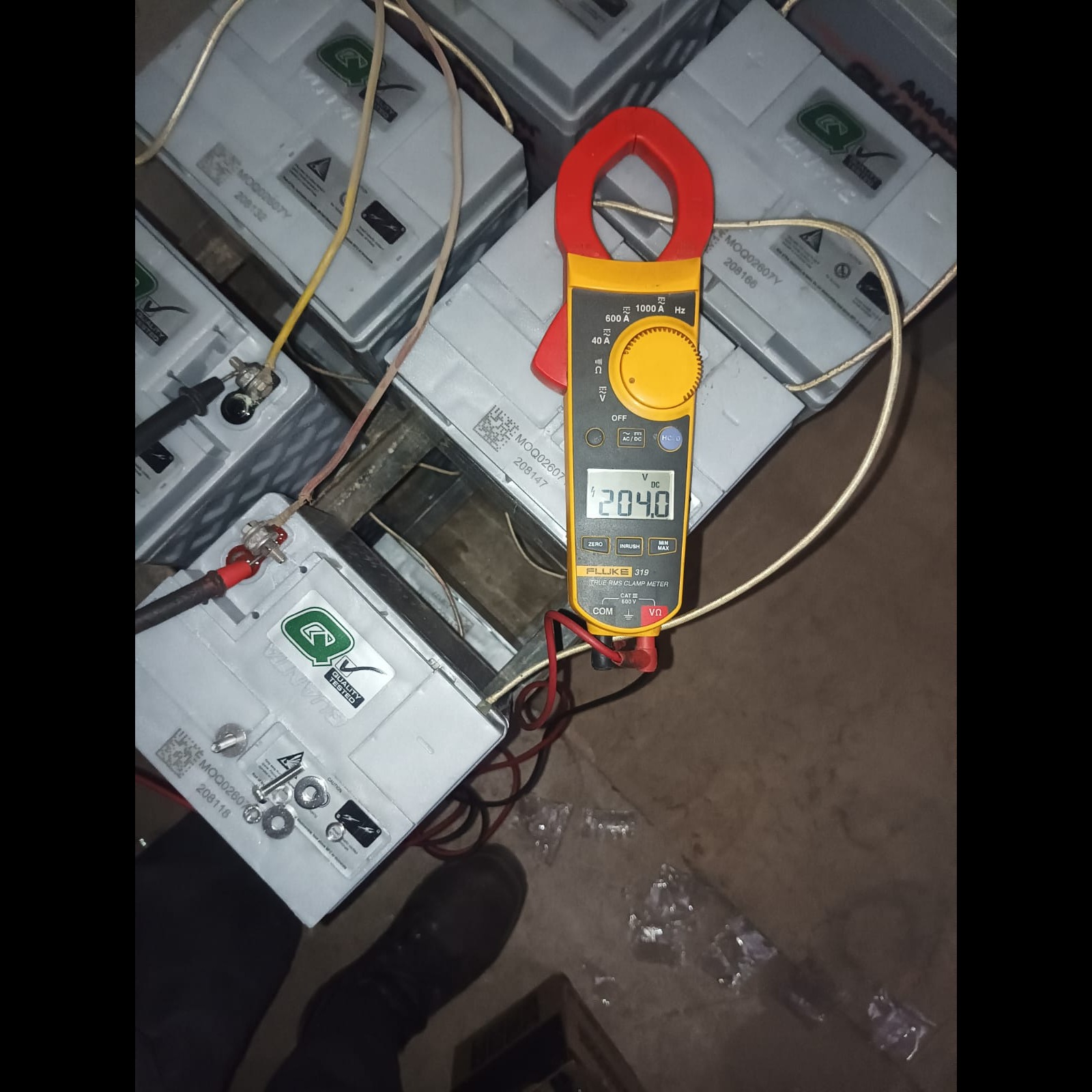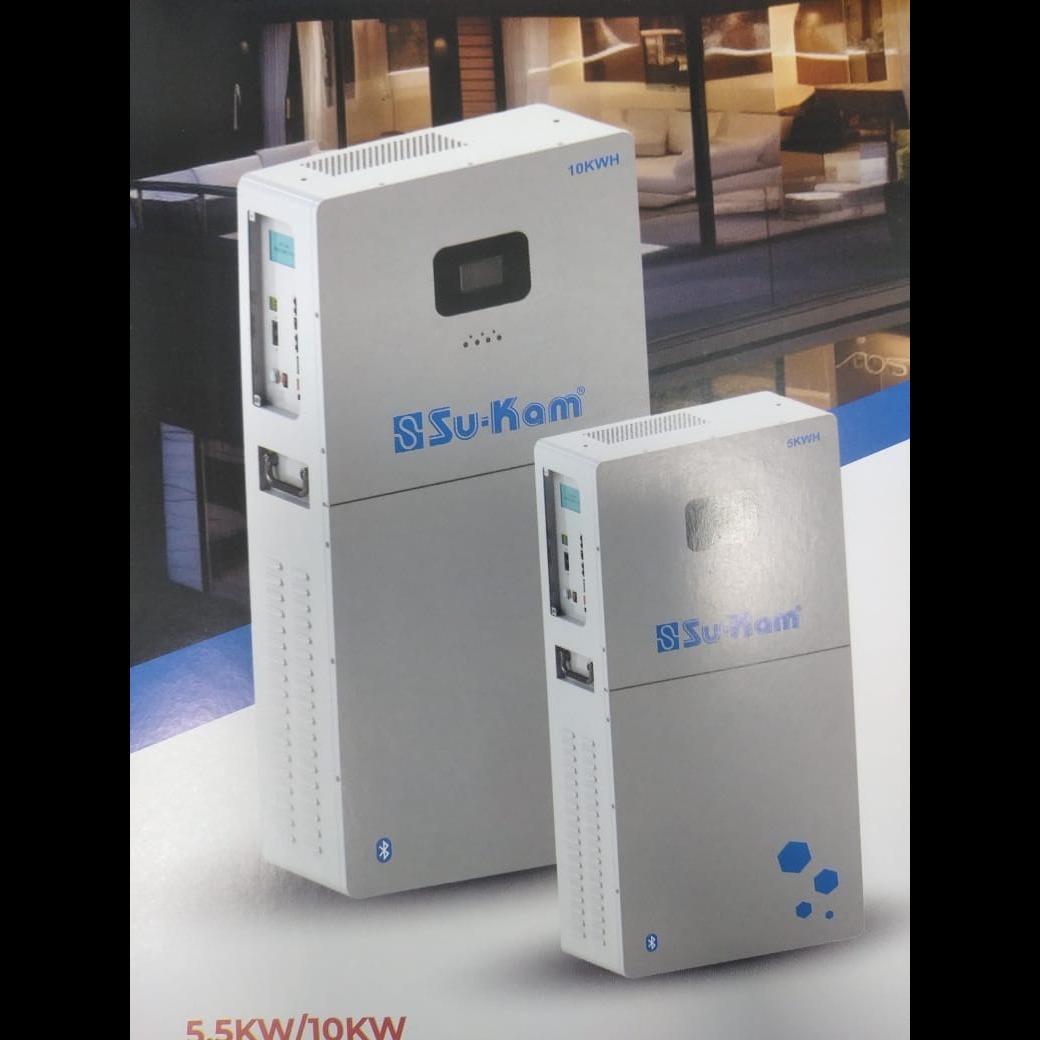
Battery Testing
Battery testing is essential to assess the health, performance, and remaining life of your UPS batteries (like Amaron Quanta, Vertiv, Exide, etc.). Regular testing helps prevent unexpected failures during power outages.
🔋 Types of Battery Testing
1. Voltage Testing (Multimeter Test)
Purpose: Checks open circuit voltage (OCV) of each battery.
Tool: Digital Multimeter
Ideal Voltage (12V battery):
Fully charged: 12.6V to 13.0V
Needs charging: < 12.4V
Possibly faulty: < 11.5V
2. Load Testing
Purpose: Measures battery performance under load.
Tool: Battery Load Tester or Discharge Tester
Method: Apply a load for 10–15 seconds and check voltage drop.
Failing battery: Voltage drops rapidly below 10.5V during load.
3. Specific Gravity Test (Only for flooded batteries)
Purpose: Measures acid strength inside the battery.
Tool: Hydrometer
Typical range: 1.265 (fully charged) to 1.120 (fully discharged)
4. Internal Resistance Testing
Purpose: Detects internal deterioration of the battery.
Tool: Battery Analyzer or Conductance Tester (like Fluke, Midtronics)
Note: Higher internal resistance = aging battery.
5. Capacity Testing
Purpose: Measures actual backup time under controlled discharge.
Tool: UPS system itself or programmable electronic load
Ideal result: Should deliver 80–100% of rated Ah capacity.



